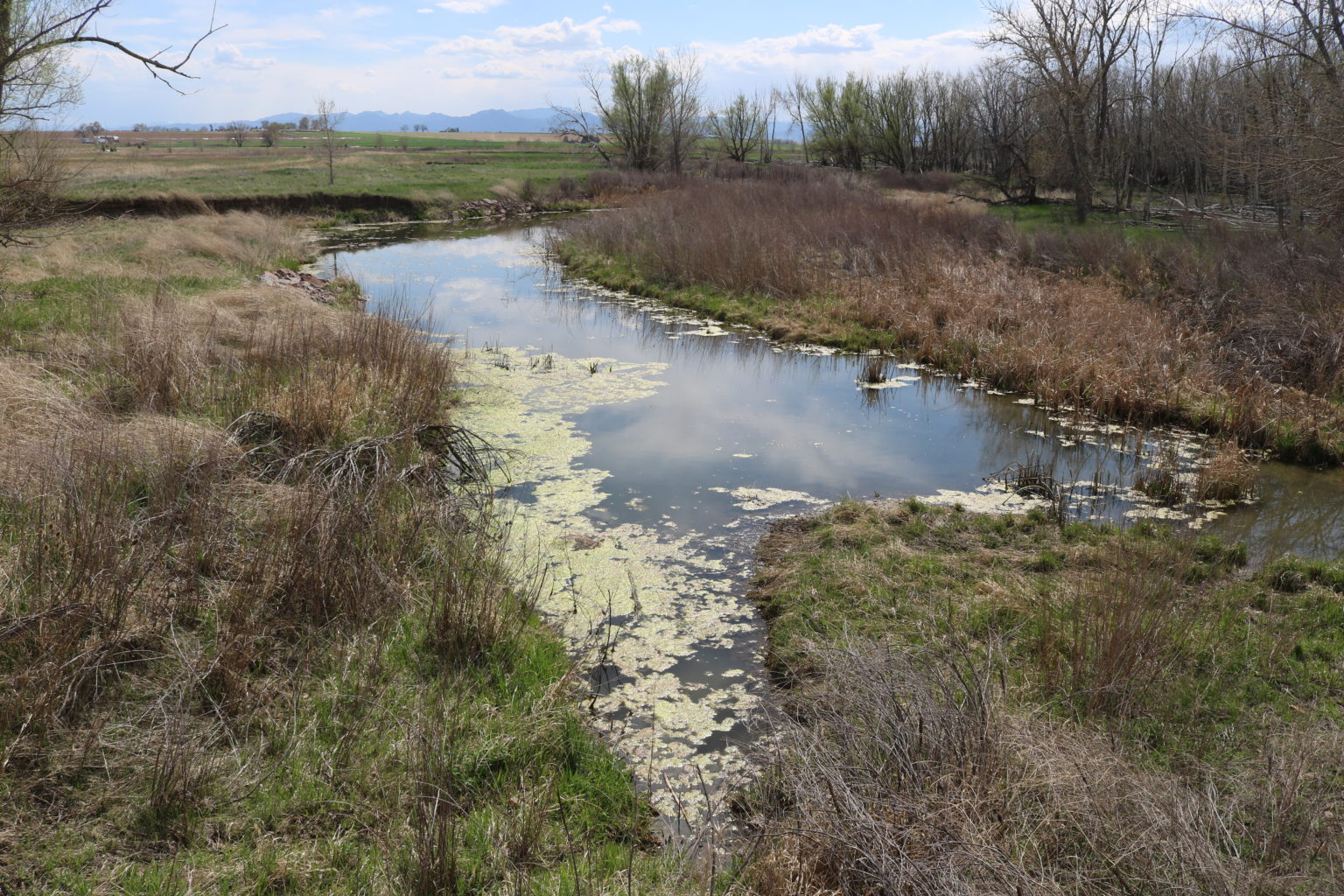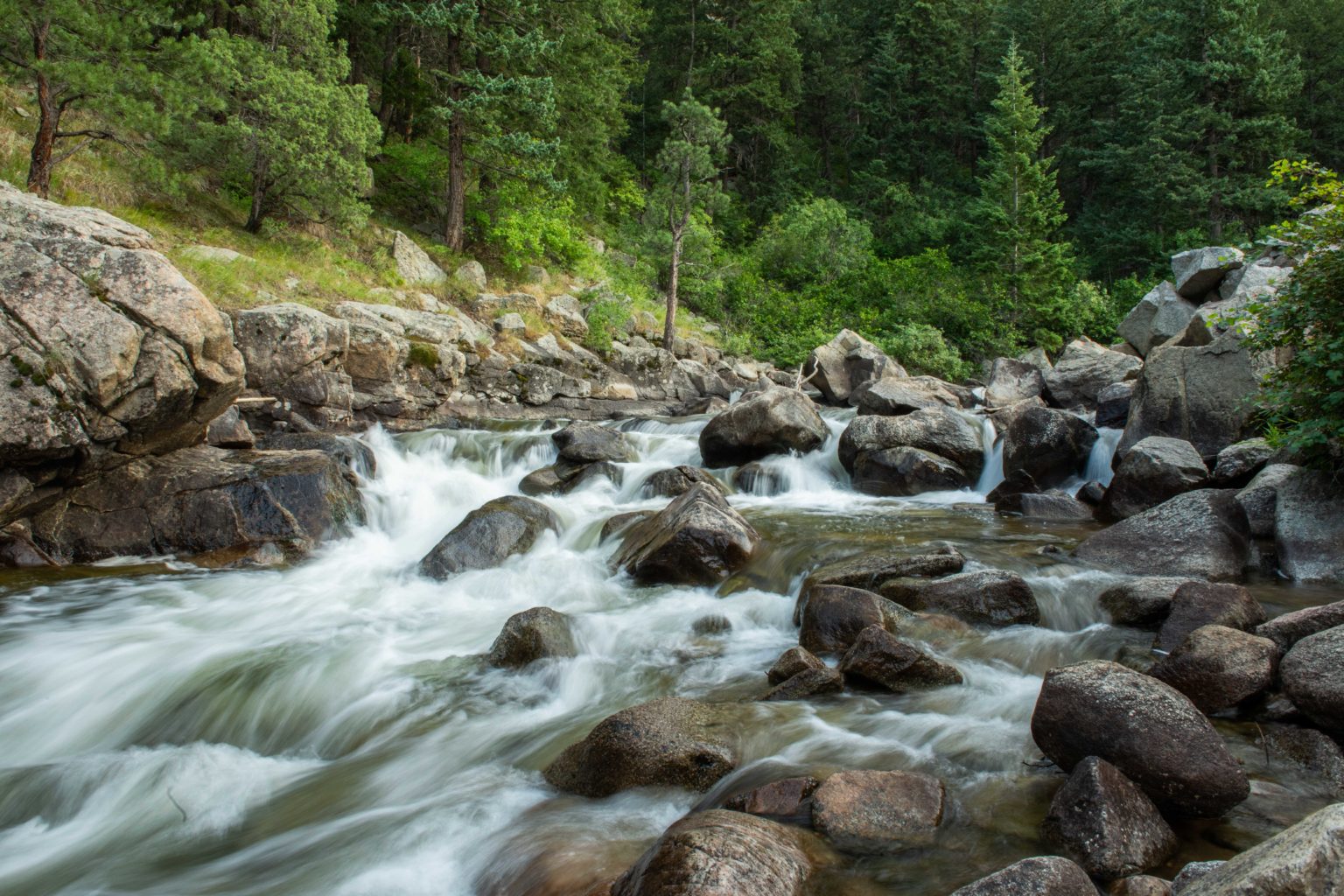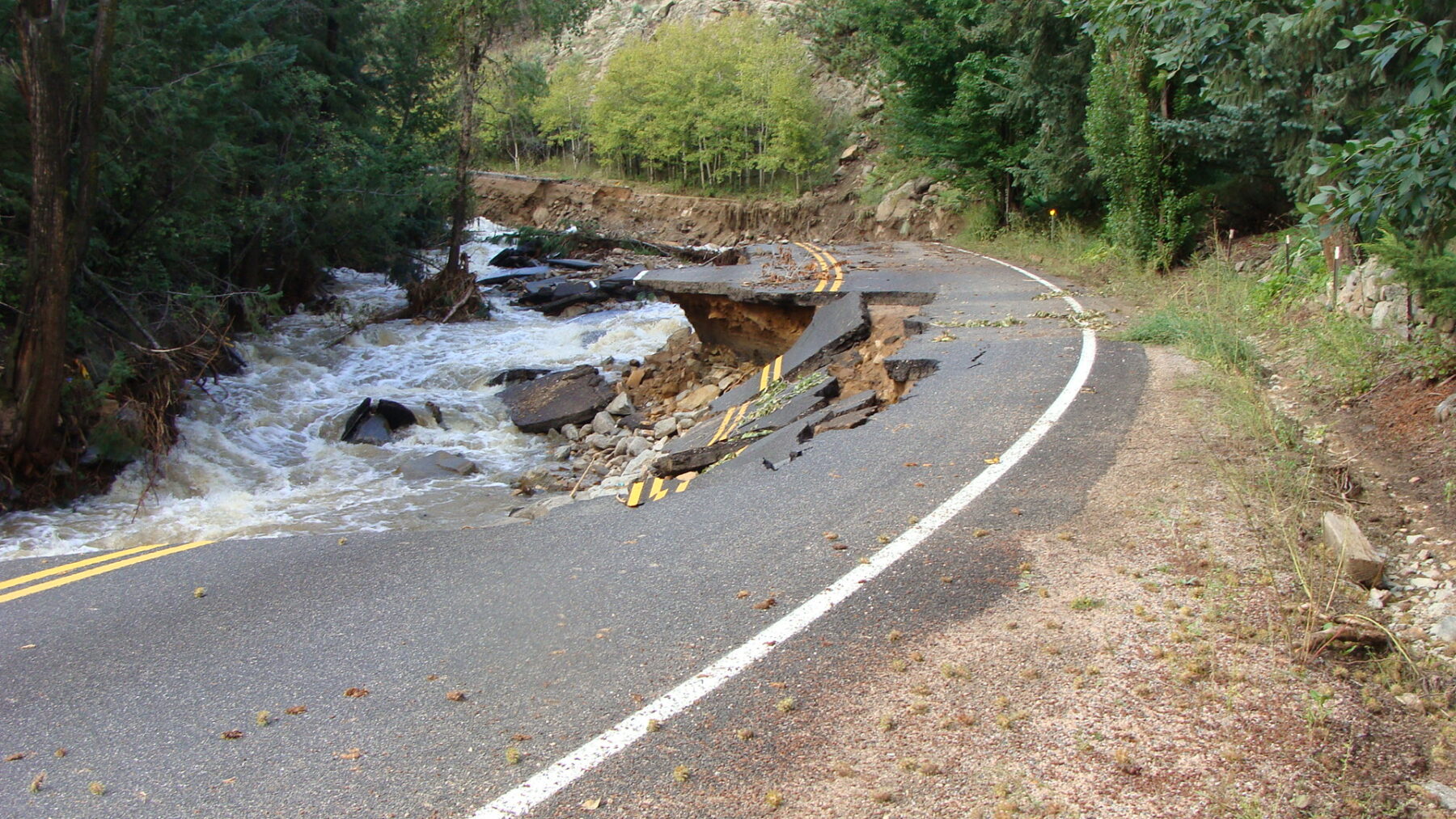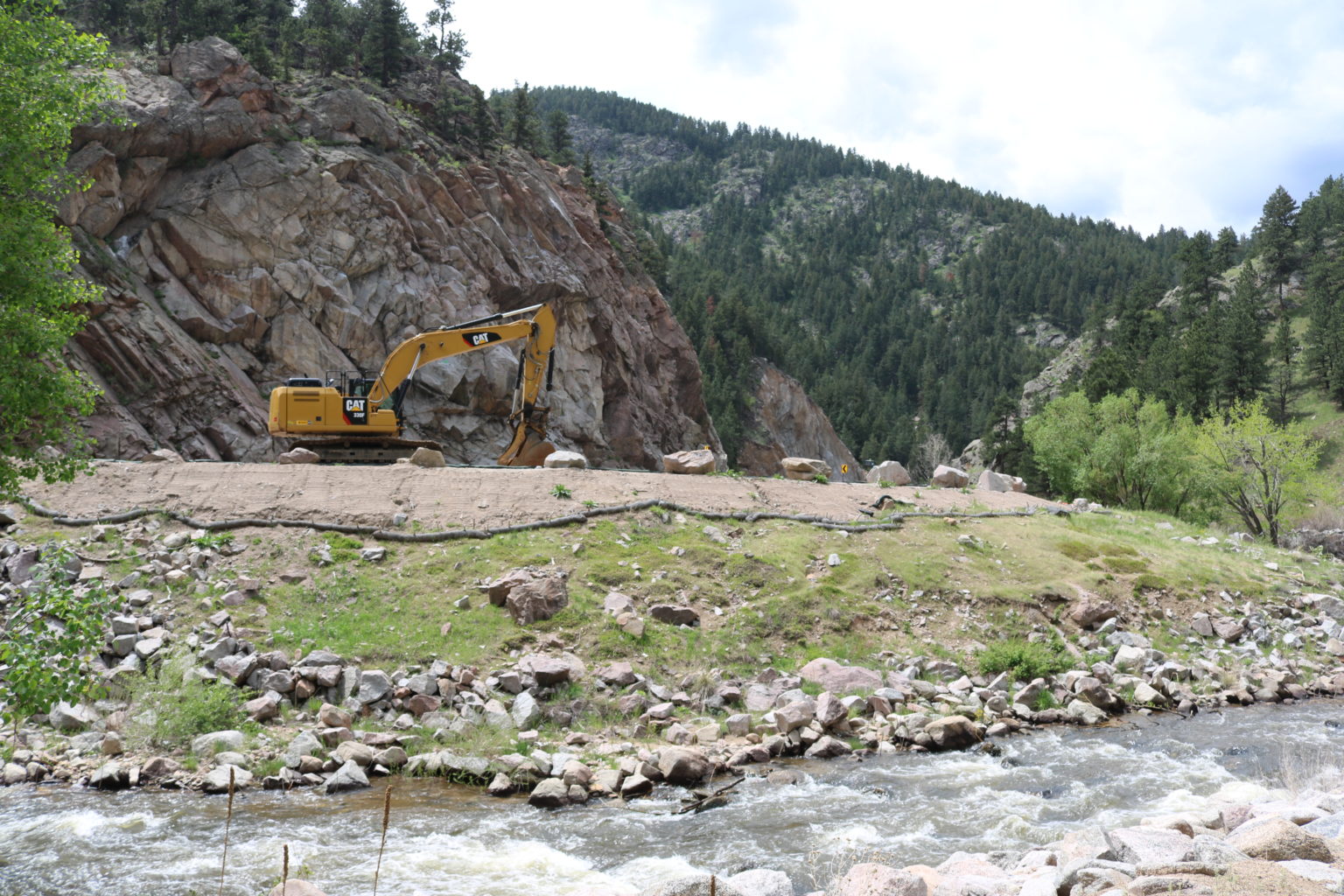
Algae Blooms
Algae blooms can occur naturally in our environment, but their frequency, duration and intensity are increased by nutrient pollution. They occur when excess nitrogen and phosphorus cause an overgrowth of algae in a short period of time. The overgrowth of algae consumes oxygen and blocks sunlight from underwater plants. When the algae eventually die, that process also consumes oxygen in the water. This leads to low levels of dissolved oxygen that other aquatic life needs to survive. The following creates an optimal environment for algae blooms: excess nutrients (nitrogen and phosphorus), high temperatures, and standing or slow-moving water.
Some algae blooms can contain cyanobacteria, often referred to as blue-green algae. While most algae often seen in ponds and lakes during summer months are not toxic, some cyanobacteria species can produce cyanotoxins during algae blooms which can be harmful at elevated levels if ingested by dogs, wildlife, and humans, or during wading and other recreational contact with water.
Learn about how to recreate safely when blue-green algae is present.



